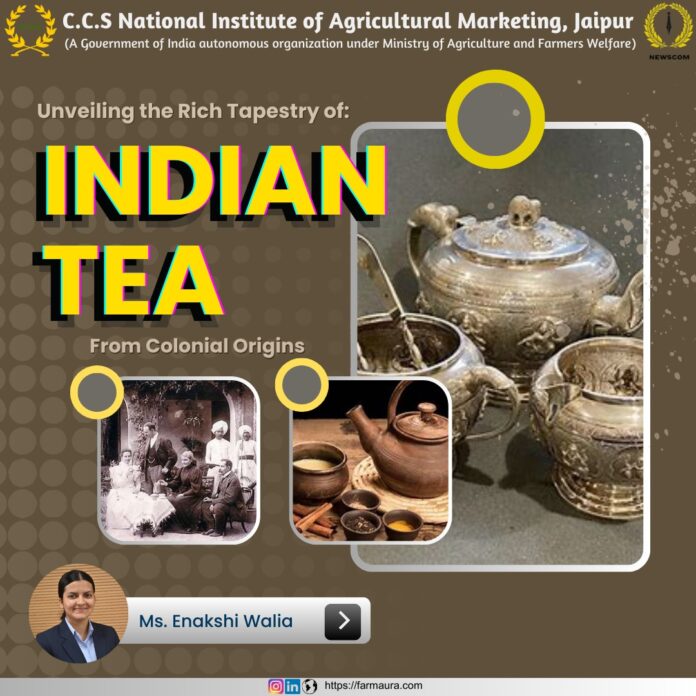The rich heritage of Indian tea is a witness to the country’s rich cultural diversity. From the lush green tea gardens of Assam to the flourishing brews of Darjeeling, Indian tea has captured the hearts of millions of people, not just in India but also abroad. The history of Indian tea dates to ancient times, but its cultivation and consumption began during the British colonial era. The East India Company experimented with tea cultivation, establishing the first successful plantation in Assam. This success led to the expansion of tea cultivation to other regions, including Darjeeling and Nilgiri, making India a major player in the global tea industry. Unlike most other tea-producing and exporting countries, India has a dual manufacturing base. It produces both CTC and Orthodox teas in addition to green tea. Tea is an Agro-based commodity and is subjected to the vagaries of nature. Despite adverse Agro climatic conditions experienced in tea growing areas for many years, the Indian tea plantation industry is able to maintain substantial growth in relation to the volume of Indian tea production during the last decade. India is the second-largest producer of tea globally. Indian tea is one of the finest in the world owing to strong geographical indications, heavy investment in tea processing units, continuous innovation, augmented product mix, and strategic market expansion. As of a 2018 survey, a total of 6.37 lakh hectares of area was cultivated in India for tea production. India is also among the world’s top tea-consuming countries, with 80% of the tea produced in the country consumed by the domestic population. In May 2022, India’s tea production stood at 127.11 million kgs, and it was at 91.77 million kg in April 2022. In India, Assam has two tea-making regions – the Assam Valley and Cachar. West Bengal has three major tea producer regions which are Dooars, Terai, and Darjeeling. The southern part of India contributes to about 17% of the total production in the country with the major producing states being Tamil Nadu, Kerala, and Karnataka. During 2022-23, India’s tea production stood at 1374.97 million kg. The expected tea production in March 2023 stood at 79.61 million kgs. Coming to the export scenario, India exports tea to over 25 countries worldwide. Such as Russia, Iran, UAE, USA, UK, Germany, and China are the leading importers of tea from India in the year 2022-23. In the past years, Russia, UK, and UAE imported 26.4 million kg, 6.99 million kgs, and 22.79 million kg of tea from India respectively. The percentage share of Indian exports to the CIS nations was 25.43% (34.12 million kgs) of the total exports. India’s top tea export destinations include Iran, UAE, and Russia with total import of 12 million kg, 22.79 million kgs and 26.04 million kgs respectively in the year 2022-23. The total value of exports from India to these countries cumulatively was US$ 191 million in the same period.






